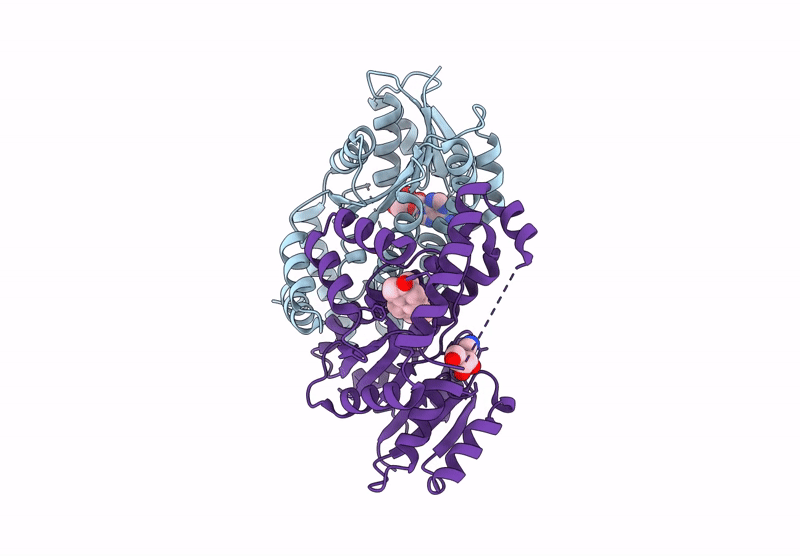
Deposition Date
2022-03-01
Release Date
2023-01-25
Last Version Date
2024-05-29
Entry Detail
PDB ID:
7X3Z
Keywords:
Title:
Crystal structure of human 17beta-hydroxysteroid dehydrogenase type 1 complexed with estrone and NAD
Biological Source:
Source Organism:
Homo sapiens (Taxon ID: 9606)
Host Organism:
Method Details:
Experimental Method:
Resolution:
2.25 Å
R-Value Free:
0.25
R-Value Work:
0.18
R-Value Observed:
0.19
Space Group:
P 21 21 21


